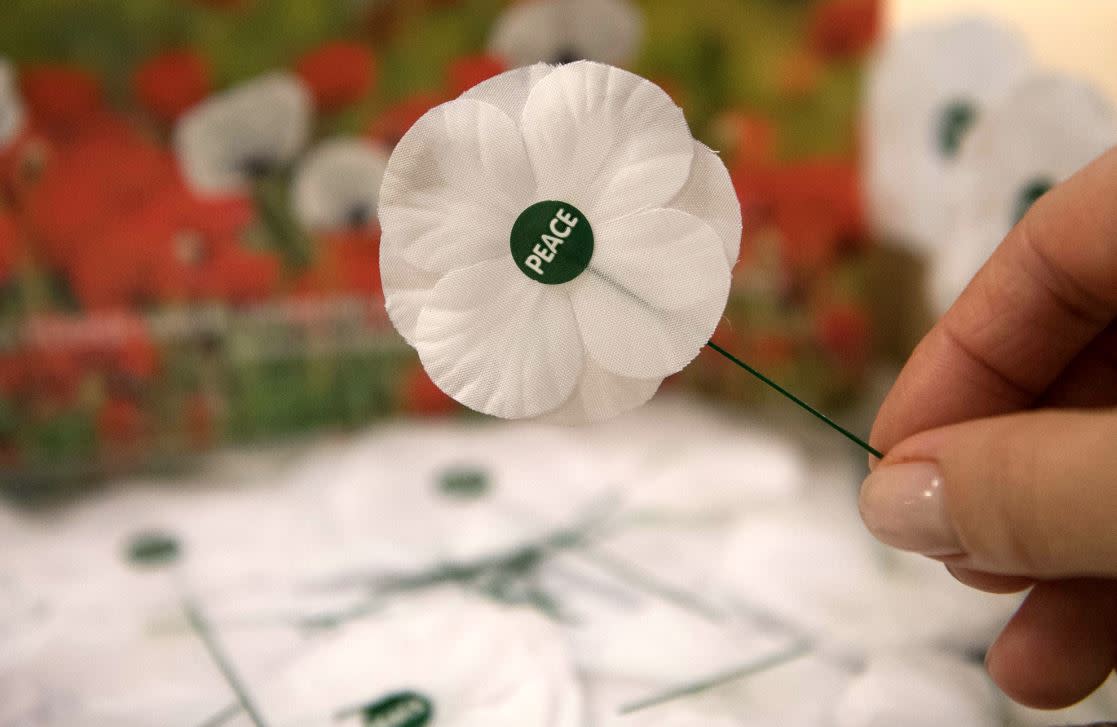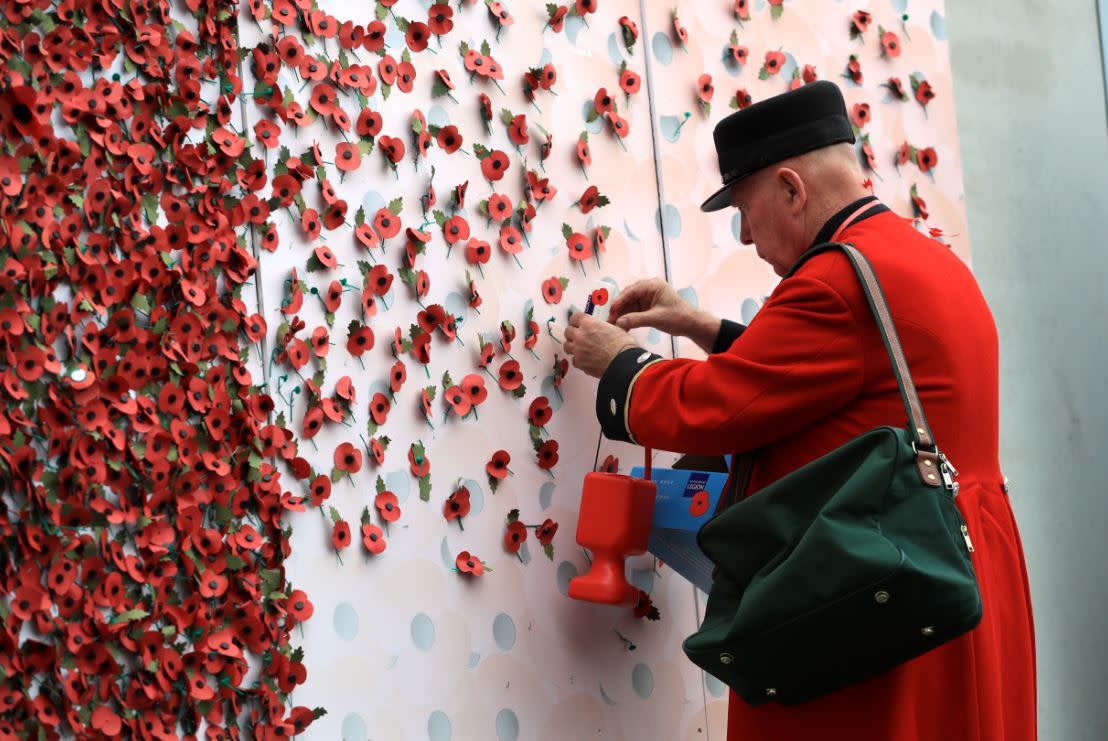What is the white poppy and why are more people choosing to wear them?

This year’s annual poppy appeal launches today to remember all those British soldiers who have died in wartime.
Traditionally, of course, the poppies are red but other colours are becoming more prominent, including white.
More people than ever are said to be wearing the white version of the poppy, but what exactly are they?
What is the White Poppy?
The white poppy has been around since 1933 – only 12 years after the red poppy was introduced – and is distributed by the Peace Pledge Union, Britain’s oldest secular and pacifist group.
It can be adorned with the message ‘never again’ by wearers in the years after World War One, but it also symbolises remembering those who have fallen, say wearers.
The union says it represents a long-lasting commitment to peace.
In the last four years it says it has sold around 100,000 such poppies every year. The record was 110,000 in 2015.

How does that differ from the Red Poppy?
Red poppies were first worn in 1921, and that flower was chosen because it grows wild in France and Belgium where so many fell during World War One.
It was also inspired by a poem written by a soldier, who mention the flowers growing ‘in Flanders’ fields’.
The Red Poppy is traditionally sold by the Royal British Legion, which claims it is not political but instead it is a symbol of remembrance and hope.
Is the White Poppy universally popular?
Certainly not, and is another example of a row involving poppies, which seem to surface annually.
Last week, Conservative MP Johnny Mercer took to Twitter and said people should ‘ignore’ those who wore white poppies.
He accused such people of being attention-seeking.
White poppies are attention seeking rubbish. Ignore the wearers of them. If you don’t want to wear a poppy don’t bother; they fought and died so you could choose. But don’t deliberately try and hijack it’s symbolism for your own ends. Well done @BrianWoodMC https://t.co/HRK3wW3qY5
— Johnny Mercer MP (@JohnnyMercerUK) October 22, 2018
However, the Royal British Legion has defended those who wear white, and other coloured poppies, including purple, which remembers the huge number of animals which have died in conflict.
The British Legion said it ‘defends the right to wear different poppies’, but will not sell other colours.


